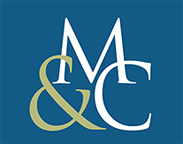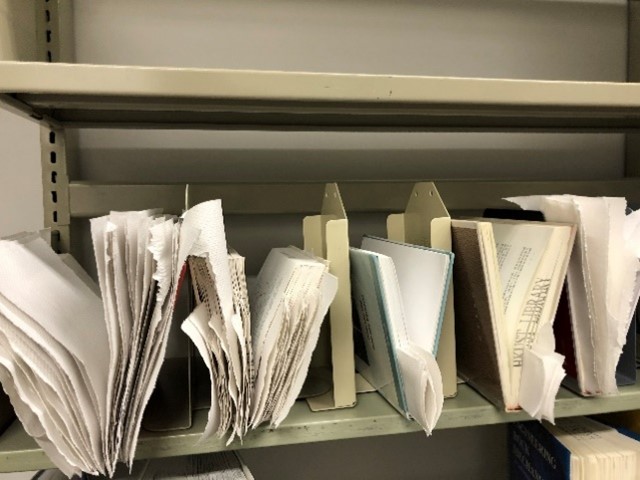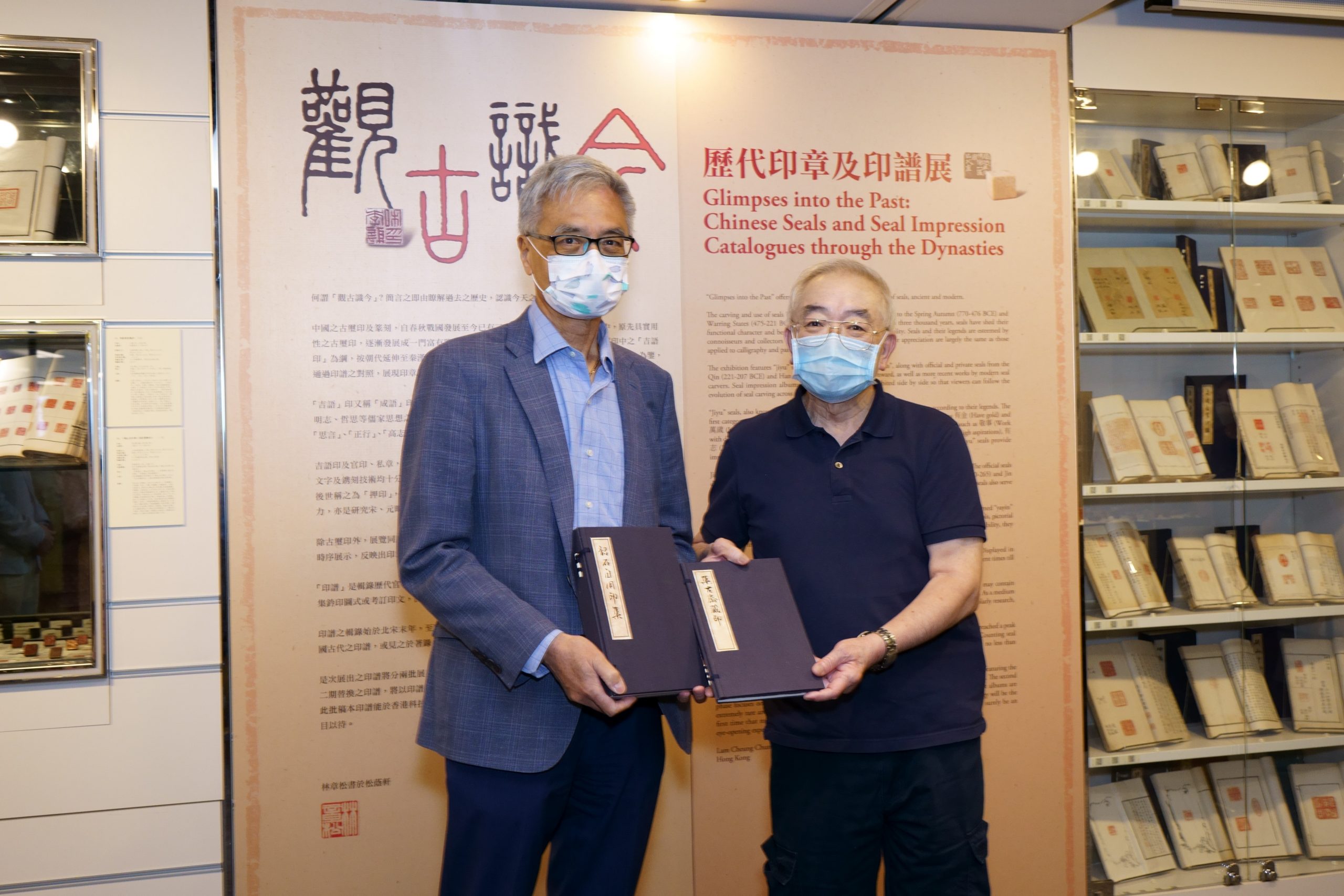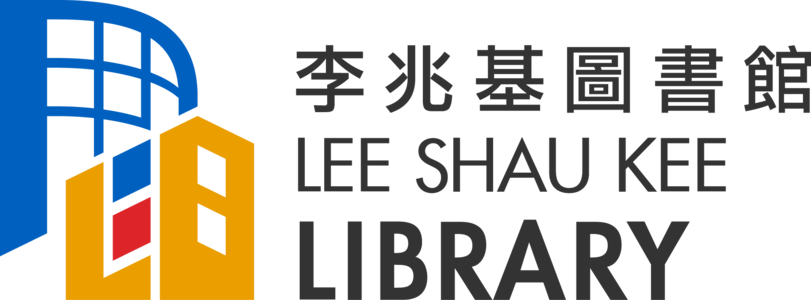
Issue No. 118
November 2020
Collection Spotlight: IEEE Xplore Expansion, Ebooks, eLearning Library
In the past few years, IEEE Xplore is growing by an average of 250,000 new journals, conference papers and standards per year. It is estimated that by 2023, the size of IEEE Xplore will hit 6 million items. 16 new journals were added in the past 3 years. The new journals launched in 2020 are: IEEE Journal of Emerging and Selected Topics in Industrial Electronics, IEEE Journal on Selected Areas in Information Theory, and IEEE Transactions on Technology and Society. These are in addition to 14 new fully open access journals and forthcoming new subsections of IEEE Access. Users welcomed the new content, and the database recorded an 18% surge of usage in the past year.

Besides periodical content, IEEE also partners with third-party publishers to host quality ebooks on the IEEE Xplore platform. Users can now browse or discover over 1,000 ebooks published by Morgan and Claypool. All these books belong to Morgan and Claypool’s flagship Synthesis of Digital Library of Engineering and Computer Science. Each book is of 50 to 100 page long and is designed to provide more synthesis, analysis and depth than typical research journal articles, and provides ideal entry points to new research areas. The Synthesis books are authored by prominent scholars in the field and organized by topical series such as Computer Vision, Data Management or Renewable Energy.

To support remote learning, IEEE Xplore develops about 20 online courses per year. From December 2020, users can access new courses in these areas: a) Automative Cybersecurity b) Digital Transformation c) Machine Learning and d) Artificial Intelligence Standards. These courses may vary from introductory, intermediate to advanced level. Users can browse for available courses from the drop-down menu on the IEEE Xplore home page.
Mold and Flooding: Disaster Responses
During the summer, we had two unfortunate events that damaged a number of collection items, of which a few were irreplaceable.
In June-Sept. 2020, mold was found on books on LG3 and LG4. 3,338 moldy books were identified and remediation of mold infestation was carried out, with Library staff spending 15-20 minutes to treat each book. The mold growth might be caused by the diminished supply of air conditioning due to special closings from Feb-May and July-Aug. Leaking air-conditioning and the wrapping of the bookshelves due building projects could cause mold to grow.
 Two major water leaks were found after Typhoon Higos on August 19. Water flowed from the ceiling onto some of the microform cabinets on LG1. Some of the microforms in the drawers were damp. We immediately emptied all cabinets and separated damp items. Wet paper containers were air dried and wet films were unrolled emulsion side up to air dry. Reading tables on LG4 provided a drying surface.
Two major water leaks were found after Typhoon Higos on August 19. Water flowed from the ceiling onto some of the microform cabinets on LG1. Some of the microforms in the drawers were damp. We immediately emptied all cabinets and separated damp items. Wet paper containers were air dried and wet films were unrolled emulsion side up to air dry. Reading tables on LG4 provided a drying surface.
 In all, 77 microfilm reels, involving content of several historical newspaper, were treated. Despite our swift recovery actions, some of them were partially damaged and a few had to be discarded.
In all, 77 microfilm reels, involving content of several historical newspaper, were treated. Despite our swift recovery actions, some of them were partially damaged and a few had to be discarded.
The other water leakage location was found on LG3 shelves directly below the microforms. Water leaked through the floor, damaging 167 books, which were quickly removed for air drying. After drying, 85 books were routed to the On Call Collection, 2 were sent for rebinding, and 80 books were deemed unrecoverable. Some will be replaced.
 In short, we were fortunate that we found the problems so promptly and there were only a few items that were irreplaceable. Through good disaster planning, our knowledgeable and experienced colleagues knew how best to handle the remedial actions. We should also realize that any extreme spikes and changes in the humidity or temperature (or even stormy rainfall) can affect our vulnerable physical collections.
In short, we were fortunate that we found the problems so promptly and there were only a few items that were irreplaceable. Through good disaster planning, our knowledgeable and experienced colleagues knew how best to handle the remedial actions. We should also realize that any extreme spikes and changes in the humidity or temperature (or even stormy rainfall) can affect our vulnerable physical collections.
Library Achievements in a Disruptive & Unsettling Year
Every year, we take stock of our previous year’s performance at a staff retreat. This year, we were particularly pleased to note that despite the challenges and difficulties library staff faced in 2019-20, we made good progress in a number of areas. Here are some highlights, more of which can be found at https://library.hkust.edu.hk/achievements/?y=2019-2020
HKUST–Guangzhou Preparation –  Library staff began extensive planning and preparation for developing the Guangzhou Campus Library. We prepared concrete plans and timelines to create the physical and cyber infrastructure for service delivery and for the physical and online collections.
Library staff began extensive planning and preparation for developing the Guangzhou Campus Library. We prepared concrete plans and timelines to create the physical and cyber infrastructure for service delivery and for the physical and online collections.
E-Book Collection Overtook the Print Book Collection – This past year, the e-book collection (893,500 titles) overtook the print book collection (735,000 volumes). This growth has been part of the Library’s strategic plan for more than 5 years. E-books have made it easier for students and faculty to get the materials they need for learning and research, even when the Library was shut down because of Covid-19.
Archives’ Contribution to HKUST’s Records Management System – After assisting in the consultation on the Hong Kong Archives Law in 2018-2019, HKUST’s University Archives helped implement the Enterprise Content Management (ECM) system at HKUST. They drafted the University Records Retention and Disposal Schedules and reviewed the Guidelines on Electronic Records Management as drafted by ISO, and held briefing sessions to elicit feedback.
Implemented Linked Data in the Institutional Repository (SPD) – HKUST was the first library in the world to implement Schema.org based linked data for an institutional repository. This facilitates semantic information retrieval of HKUST researchers’ outputs. By interlinking with publisher’s open access policy data from Sherpa Romeo, the Library enhanced the Scholarly Publications Database’s (SPD) data analytics capability. This also helps the Library make informed decisions when negotiating transformative agreements with publishers, and supported our response to UGC for their open access consultation survey.
Three Enjoyable Library iTalks
 In September and October, the Library hosted three well-received talks via Zoom.
In September and October, the Library hosted three well-received talks via Zoom.
On September 24, Professor Stuart Gietel-Basten gave a talk based on his recent book, The ‘Population Problem’ in Pacific Asia, to an audience of 118 people. Using vivid images from newspapers and magazines, as well as quotes taken from popular media, he shared how this “problem” is framed. Across the region, blaming “young people these days” is a more common reaction to fertility decline than embracing social and political policies to make having and raising children less stressful and expensive.
On October 8, Dr. Lobo Louie (雷雄德博士) and Dietitian Sylvia Lam (林思為營養師) gave an extremely informative and engaging talk titled 運動 + 營養 : 講是又講非. The number of online participants reached a record high of 226. The audience was greatly enriched by the speakers’ energetic sharing on proper exercise and healthy eating, and their vivid explanation of some common sports nutrition myths. A post-event survey yielded a 74% response rate dominated by very positive feedback.
informative and engaging talk titled 運動 + 營養 : 講是又講非. The number of online participants reached a record high of 226. The audience was greatly enriched by the speakers’ energetic sharing on proper exercise and healthy eating, and their vivid explanation of some common sports nutrition myths. A post-event survey yielded a 74% response rate dominated by very positive feedback.
On October 29, Professor Eric S. Nelson gave a Zoom talk on his recent book: Daoism and Environmental Philosophy: Nurturing Life. This was the first Library iTalk that was also an extra-curricular activity hosted by HKUST Library for the Asia Pacific Rim Universities (APRU) virtual exchange program.
New Teaching Methodologies
The past year has accelerated HKUST Library’s embracing of online teaching technologies. HKUST’s closing in late fall 2019 initiated our first completely online asynchronous workshop. This year we have moved the Library’s entire instruction program online. Overall, teaching live on Zoom has worked out better than we would have guessed.
Better view of instructor’s screen – Teaching students to use library resources online via Zoom puts the instructor’s screen vividly and in large scale, right in front of the students. It’s easier for them to see “where to click” and follow along.

Improved online interaction via chat – Library instructors used to hand out printed URLs or say “Go here, follow me”, etc. Putting links into the chat box for students to copy into their own browser makes this part of teaching almost effortless. Even more importantly it seems to be an interaction method that students are comfortable with, similar to watching a stream and making comments and queries. The private messaging function can also encourage comments or questions not made face-to-face.
Better ability to call on & hear students – Library instruction is frequently “one off”, and classes are large & without time to put on name badges, so interacting with students without knowing them can be awkward. Now instead of saying “and as your classmate in the striped shirt just said…” we can call on people and refer to them by name, making for a more intimate and immediate experience. Computer audio also enhances student’s ability to hear the instructor, and for all to hear student responses.
There are some downsides as well:
Easier for students to be disengaged – Some students just login, don’t turn on their cameras, and sometimes linger after attendees have been told the session is over, which hints that they may not even be physically present. But student disengagement is not a new problem.
Harder for the teacher to see student’s screens and help – In a face-to-face library class, the instructor can see several student’s screens at a glance and solve problems quickly. Zoom’s share screen aspect is slow and clumsy, and better suited to one-on-one research coaching sessions.
Breakout Rooms in one-off classes more awkward for group activities – In a face-to-face class, asking students to talk to the person next to them and engage with them and have them report out is fairly simple. Not in Zoom’s one-off paradigm.
Library instructors continue to work on how best to take advantage of Zoom classes, and how to make up for some of the drawbacks. Thinking about the future, we may do interesting things in face-to-face classes where we have Zoom going as well (for example to take advantage of the chat box and computer audio) combining with the advantages of face-to-face interaction.
Aurora Exhibition Opens
Easily transforming and variable; primal fluctuation is the eternal law of Auroras!, this is what Anthony Yau told the audience how he felt about the Aurora and why he titled the exhibition “Yi(易)” when he made his address at the exhibition Opening Ceremony on October 15.
Due to Covid-19, the Ceremony was held via Zoom. President Professor Wei Shyy and renowned art critic and curator Mr. Andrew Lam officiated and spoke at the Ceremony. President Shyy is proud to see the achievements of Anthony and his return to his alma mater to stage the exhibition. While Mr. Lam remarked his appreciation of Anthony’s artistic talents and photography skills, he was also amazed to see how much HKUST values and supports art education.
Featuring 38 stunning photos and videos of Auroras, the exhibition impressed viewers with the beautiful miracle and nature’s formidable strength as captured in Anthony’s shots. They are grateful to the Library and Anthony for showing these gorgeous works at HKUST.

In addition to the show, Anthony also gave a talk on Aurora Photography on October 15 via Zoom before the Ceremony. Over 230 HKUST students and staff attended. The talk had an overwhelming response. While questions of various sorts were posed to Anthony, he did not disappoint them. Participants even asked for another talk on taking Aurora pictures in Antarctica.
If you have not had a chance to see the exhibits, do make a trip to the Library to enjoy a feast for your eyes. The exhibition runs until January 3, 2021. You can also visit the exhibition website for a Virtual Tour (https://my.matterport.com/show/?m=5zUbNgUv9aS) to have a glimpse into the exhibition.
Thanking the Sphragistics Master
On September 22, the Library held a simple ceremony to thank the renowned collector and cognoscente Mr. Lam Cheung Chung for his graciousness in supporting the teaching and cultural activities at HKUST.
At the Ceremony, President Professor Wei Shyy and Head of Humanities Professor Christian Daniels spoke to thank Mr. Lam, who also donated two famous seal impression catalogs to the Library. Guests were also present from the Hong Kong Baptist University Jao Tsung-I Academy of Sinology.
 Being an expert in the study of sphragistics, Mr. Lam keeps a rich collection of Chinese seals and seal impression catalogs. There are no other collections in the world, private or public, can match the value and quantity of his collection. To allow HKUST members the chance to see these cultural treasures in person and know more about them, Mr. Lam had selected over 400 seals and more than 100 seal impression catalogs for showing at the exhibition Glimpses into the Past: Chinese Seals and Seal Impression Catalogues through the Dynasties. Of special mention is that 29 manuscript catalogs (稿本印譜) were publicly displayed for the first time.
Being an expert in the study of sphragistics, Mr. Lam keeps a rich collection of Chinese seals and seal impression catalogs. There are no other collections in the world, private or public, can match the value and quantity of his collection. To allow HKUST members the chance to see these cultural treasures in person and know more about them, Mr. Lam had selected over 400 seals and more than 100 seal impression catalogs for showing at the exhibition Glimpses into the Past: Chinese Seals and Seal Impression Catalogues through the Dynasties. Of special mention is that 29 manuscript catalogs (稿本印譜) were publicly displayed for the first time.
During the exhibition period, Mr. Lam also gave a talk on 漢印之美 for HKUST members and a workshop on 拓邊款及鈐印示範 for students who enrolled in the HUMA 1660 Introduction to Chinese Art course.
The exhibition ended on October 30. If you missed it, you can enjoy a Virtual Tour at https://my.matterport.com/show/?m=Hj61QXmSb9H. In collaboration with MTPC, the Library for the first time created this for you to more fully explore the exhibits online. You may also refer to the exhibition website (https://library.hkust.edu.hk/exhibitions/seal/) to learn more.
Antique Maps – Recent Acquisitions
The Antique Maps Collections recently acquired 57 ancient maps of China, to support the writing of the first comprehensive book on Western Printed Maps of China. The maps were acquired in America, Europe and Japan and come in many different formats – in books, in scrolls, in separate sheets.
While most of the items are of Western production, the Collection is also expanding its coverage of Chinese maps. Among them, this 19th century rubbing of a Southern Song map engraved on a stele held in Xian is perhaps the most impressive.
Entitled Yuji tu 禹跡圖 or Map Tracing the Tracks of Yu it is one of the earliest and most important Chinese maps ever produced. Issued at a time when European cartographers were producing only vague unscientific religious maps, this Chinese map exhibits a cartographic accuracy and meticulousness comparable to 20th century mapmaking.
Among the most precious is a map in the front page of the 1615 first edition, of Matteo Ricci’s account of the beginning of the Jesuit Mission in China.
De Christiana Expeditione Apvd. Sinas. Svscepta. Ab Societate Jesv. Ex P. Matthæi Ricij eiusdem Societatis Com[m]entarijs. Libri V. Ad.S.D.N. Pavlvm. V. In quibus Sinensis Regni mores, leges atq[ue] instituta & nouæillius Ecclesiæ difficillima primordia accurate & summa fide describuntur. Augustae Vind. : Apud Christoph Mangium, 1615
last modified 09 November 2020



